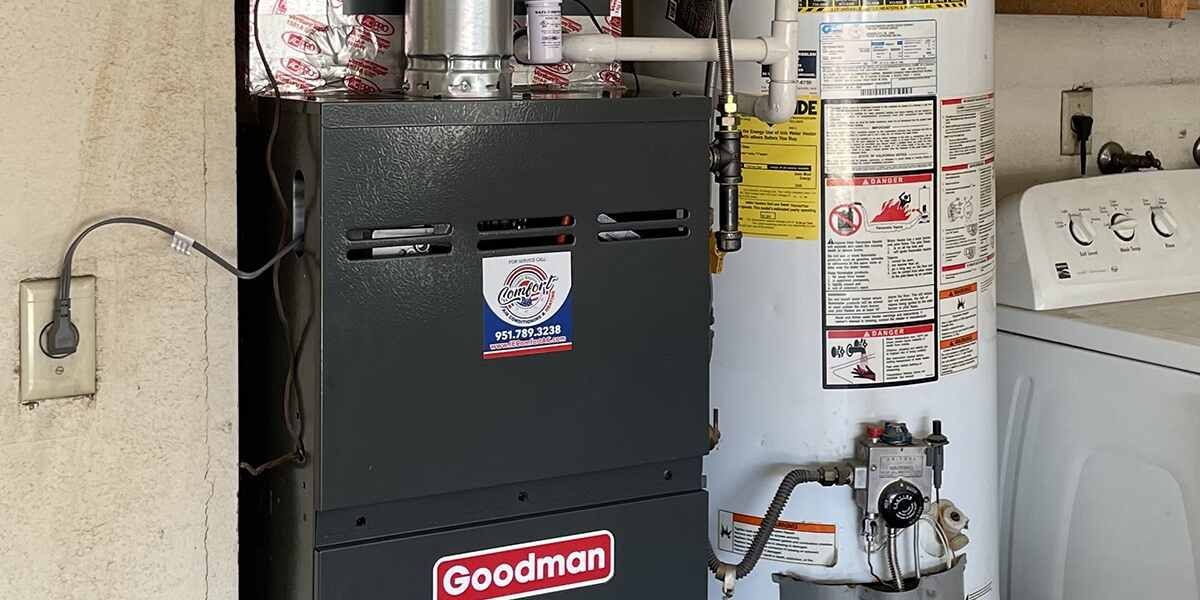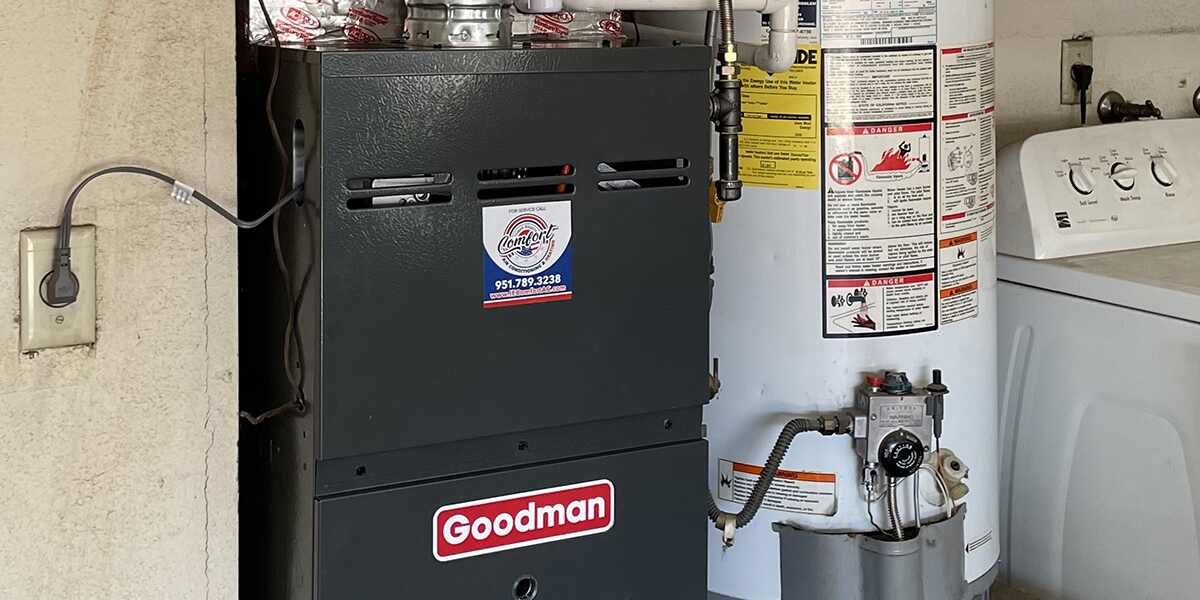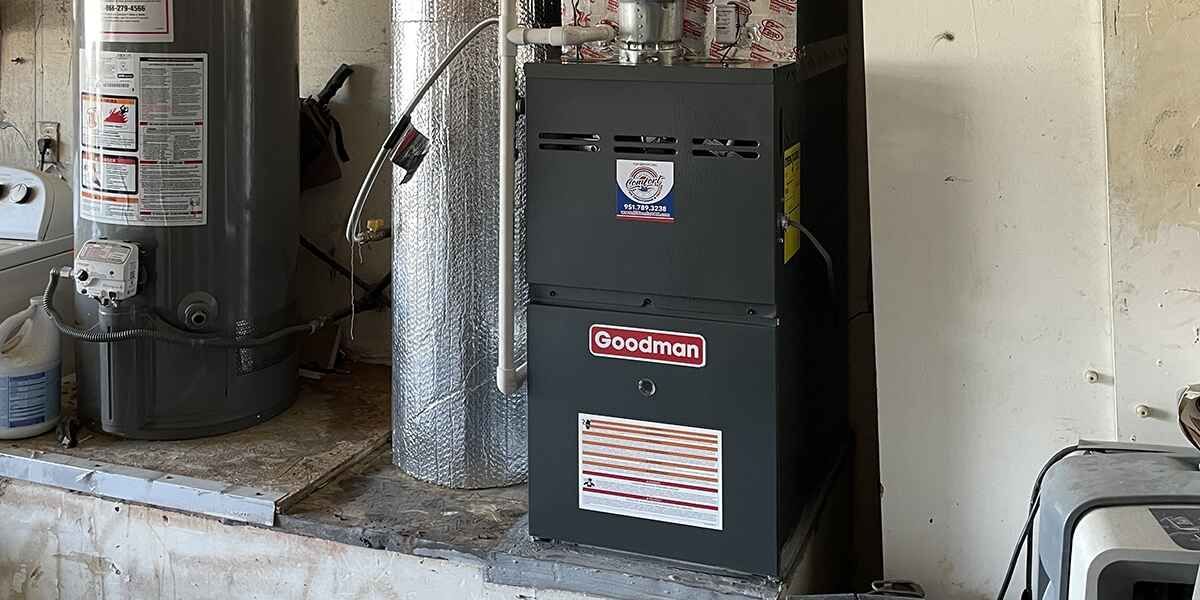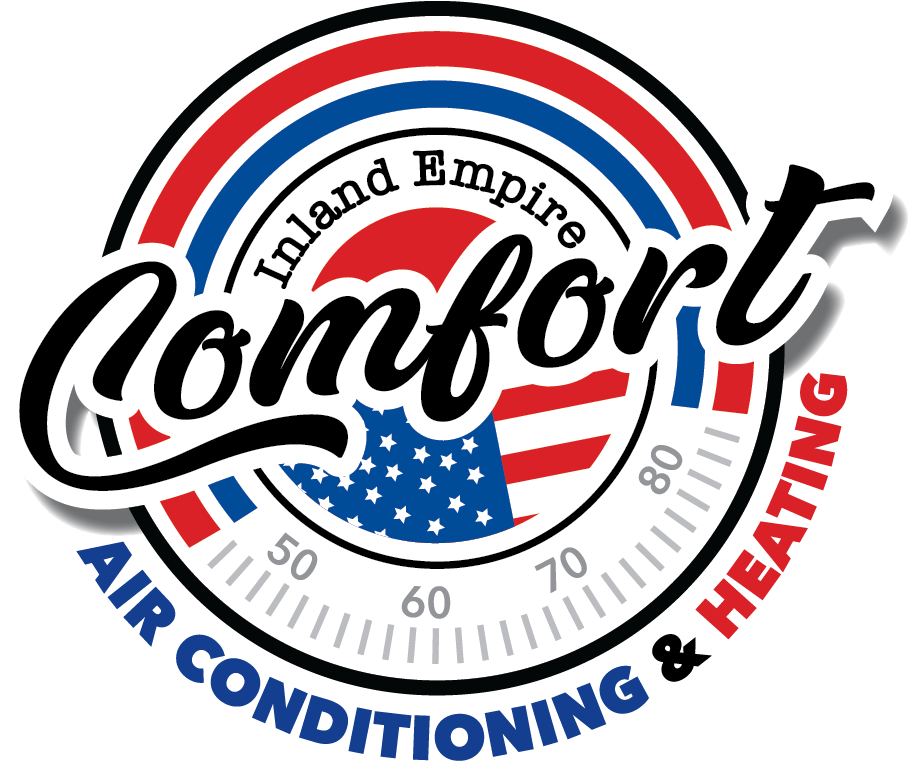7 Tips To Avoid Improper HVAC Installation
An ideal heating and cooling system can significantly increase your family’s quality of life. It can improve the comfort of your home, energy efficiency, and cost-effectiveness. Overall, this leads to more productivity, more time spent in communal spaces, and better health.
Half of having a sound HVAC system hinges on its proper installation. Improper HVAC installation can lead to significant problems like feeling uncomfortable in the home, paying more on energy bills, poor indoor air quality, the need for frequent repairs, and possibly even the replacement of a relatively new HVAC unit.
A foolproof way to avoid these issues is having your HVAC installed by trusted HVAC technicians. Getting a prompt and perfect installation done right the first time will save you tremendously on maintenance down the line.
This guide will provide you with the information necessary to ensure your installation goes smoothly. As a homeowner, it’s essential to familiarize yourself with the process so you can prevent an improper HVAC installation before it happens.
Don’t know who to call? Look no further than Comfort Air Conditioning & Heating, Riverside’s trusted AC installation company. We’ll set you up with a knowledgeable and experienced HVAC contractor who can perform a flawless installation.
1. Choose the Right System Size
If you ask the average homeowner, they will attest that a larger HVAC system will yield better results. Unfortunately, size does not always equate to better performance—an oversized HVAC could prove excessive for your home’s size.
An appropriate HVAC size depends on the projected load or how much work your HVAC needs to do to comfortably heat or cool your home. A good HVAC company will diagnose your home’s needs based on home size, regional temperatures, load calculations, ceiling height, house orientation, building materials, and other factors, recommending a system to you based on those metrics.
When installing a new HVAC, ask your contractor about these metrics and how they use them before beginning installation. A true professional can accurately assess these factors and make appropriate HVAC size recommendations.
2. Don’t Preserve the Old HVAC Ductwork
At first, you may think keeping old ductwork will save money on installation costs. While you may save a little up front, you run the risk of installing an HVAC system incompatible with the previous ductwork. In addition, your old ducts might be too small to allow sufficient airflow, and you could spend more money down the line on repairs or even replacing the ductwork entirely—as you should have initially.
Older ducts likely have mold, dirt, cracks, and other imperfections that render them less effective and potentially even dangerous to your family’s health. Even clean older ducts likely aren’t optimized for your new HVAC, causing you to spend more to heat your home efficiently. Getting new ductwork installed with your HVAC unit should eliminate all these problems.
Ask your contractor ahead of time if your old ducts will work for your new unit. Nine times out of ten, you will need new ductwork. Avoid contractors who try and set everything up with your old framework.
3. Avoid Improper Duct Installation Techniques
Don’t confuse design with installation. Even if your contractor has created cost-effective and efficient designs for the airflow in your home, they need to properly install everything for it to mean anything. Whether contractors cut corners to save time and money or lack experience, you need to keep them in check if they attempt improper HVAC installation.
Don’t let your contractor use tape to fill cracks. These short-term solutions often end up costing you tons on your monthly utility bill. Instead, rely on the experienced professionals at Comfort Air Conditioning & Heating when you need the installation done thoroughly.
4. Make Sure the Drainage System Checks Out
Every air conditioner accumulates moisture in response to condensation around its coils. Your contractor must ensure this water collects and drains effectively, or else the water may spill into other parts of the unit or your home. As a result, bacteria, mold, and mildew can grow, damaging your unit or even the walls and floors of your home.
5. Properly Place the HVAC System
Never install a new unit in the same place as your old unit by default. In many cases, homeowners’ HVACs were initially not installed in the correct location.
You want to place your unit in a place where it receives the least amount of sunlight to prevent overworking the system. Likewise, make sure your thermostat does not end up near the window or a heat or cooling source, as these will result in incorrect readings.
6. Create Clearance Space Around the Condenser
A good condenser needs space to work optimally. If your current unit rests in a crowded area, your previous contractor could have done a rushed job. We recommend having at least two feet of space around every side of your unit. This promotes high energy efficiency and excellent airflow.
7. Make Sure Your System Correctly Ventilates Toxic Gases
While no one likes to think about this kind of event, you need to make sure your HVAC vents toxic gases correctly in the circumstance that your house becomes contaminated. Your furnace can release hazardous gases like carbon monoxide. This only becomes an issue when your exhaust system is not up to par.
We recommend all clients use a carbon monoxide detector if their ventilation fails them. Carbon monoxide is an odorless gas, making it impossible for your family to know of the danger—without a sensor—before it’s too late. Ask your contractor about combustion safety as you begin the installation process to ensure they can handle this for your home.
Reach Out to Comfort Air Conditioning & Heating for All Your HVAC Needs
Ready to get HVAC installation done right the first time? Give Comfort Air Conditioning & Heating a call at (951) 336-1718 today to speak to one of our knowledgeable team members and avoid improper HVAC installation.
If you have any more questions about HVAC systems or want to learn where AC should be installed, take a look at the other articles on our site or give us a call.
You might also like
Inland Empire Comfort
Book a Service Today
We will get back to you as soon as possible
Please try again later
Location
19071 Newsome Rd Riverside, CA 92508
NAVIGATION LINKS
All Rights Reserved | Inland Empire Comfort



